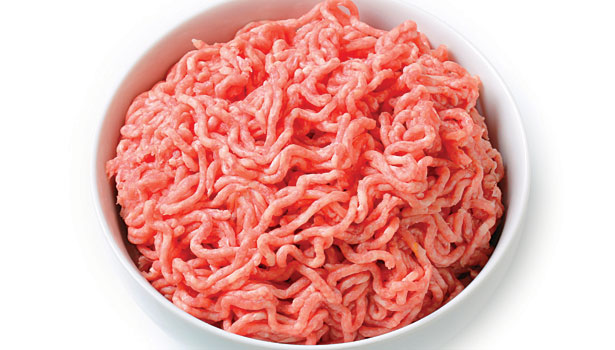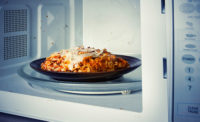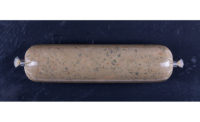Despite having its detractors, some of whom reside within the confines of the very companies that produce it, chub packaging continues to prosper, according to one long-time packaging insider.
As recently as 2010, chubs accounted for35 percent of retail ground-beef packages, according to the National Meat Case Study. That is a significant jump from the 28 percent measured just three years prior.
Its driving force remains the production efficiency it brings to high-volume, value-priced products such as ground beef, ground poultry and pork sausage. And therein lies the chub’s unassailable niche. It is not for value-added products.
There is large shopper segment, especially in difficult economic times, that looks for less expensive proteins for their chili, spaghetti and meatloaf recipes. For the cost of a vertical closure machine and the packaging material, where else can a processor move 100 to 120 packages per minute with a single operator? A whole lot of one-pound chubs can come from a pallet of roll stock film.
The chub may not deliver every attribute valued by shoppers.
Its metal closures and lack of an easy-open feature are two of its most frequent knocks. Many choose to stick with the tray format for the expansive product visibility it provides and the overall merchandising “wow” factor that entails.
But the marketplace will be hard-pressed to find an acceptable substitute for its core applications that rivals the chub’s cost-effectiveness, shelf-life, convenience, freezer-readiness and engaging graphics. Appealing multi-color print is nothing new for chubs, but recently a source described one large retailer’s new twist on ground-beef chubs.
In an age of desired transparency in everything, this particular package uses clear film — not white — with heavy ink coverage and strategically placed windows in the label. Barrier-packaged “purple” ground beef is there, for everyone to see!
It is too early to gauge consumers’ acceptance or know any sales results, but so far no copycats have opened their own similar windows, according to that same source.
Typically, simple things are extremely adaptable and tend to meld well with changing technologies. So it should not surprise that poultry processors are considering combining chub packaging with high-pressure processing (HPP), according to one packaging executive.
Processing ground-meat products requires extreme discipline in order to prevent contamination, and the chub looks like a good medium for HPP. According to this source, current packages perform well and, seemingly, will require no structural changes that could adversely affect costs.
The “old school” chub moves ahead and continues doing an important job.
For millions of shoppers, it remains a sign of value and dependability. For processors, it is still unmatched for high volume, efficient production that drives cash flow.
Note to chub detractors: There is plenty of room on the train. All aboard!





Report Abusive Comment